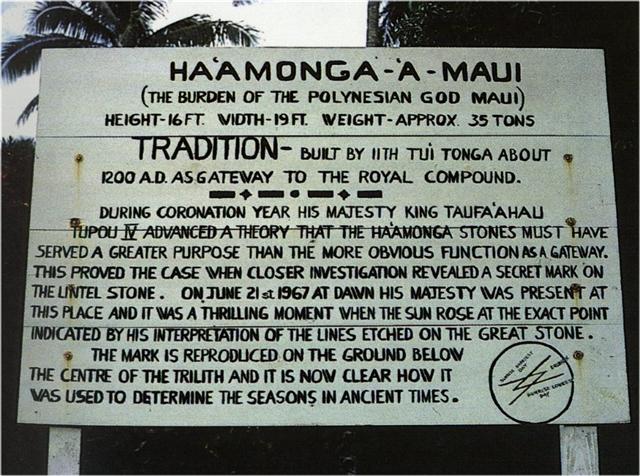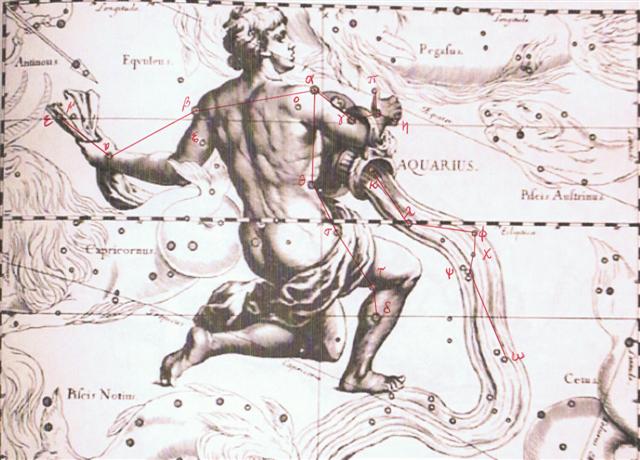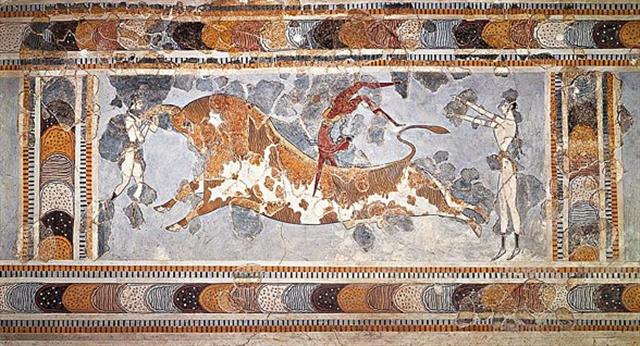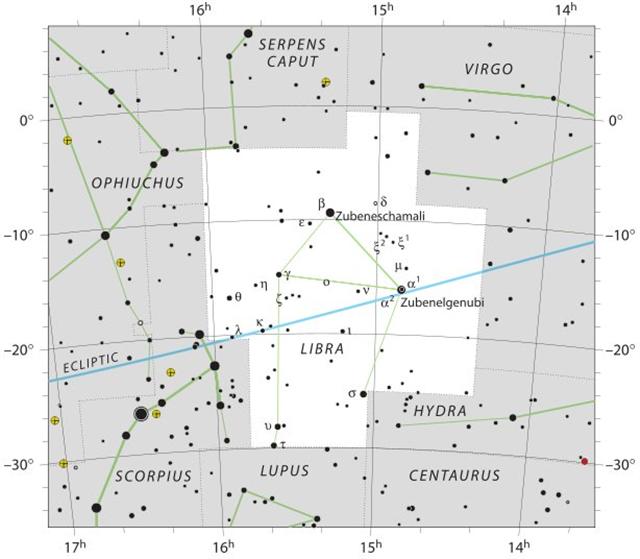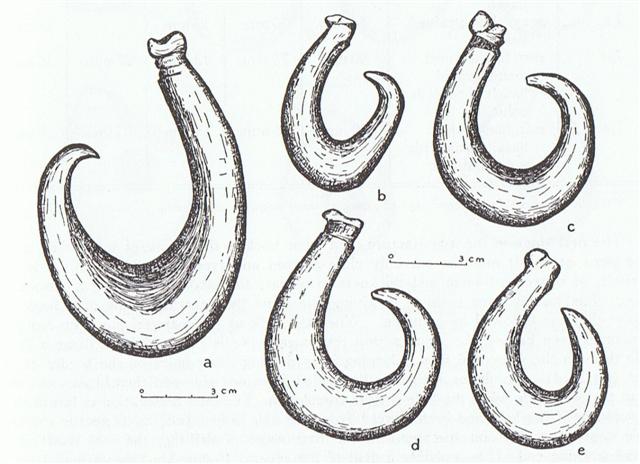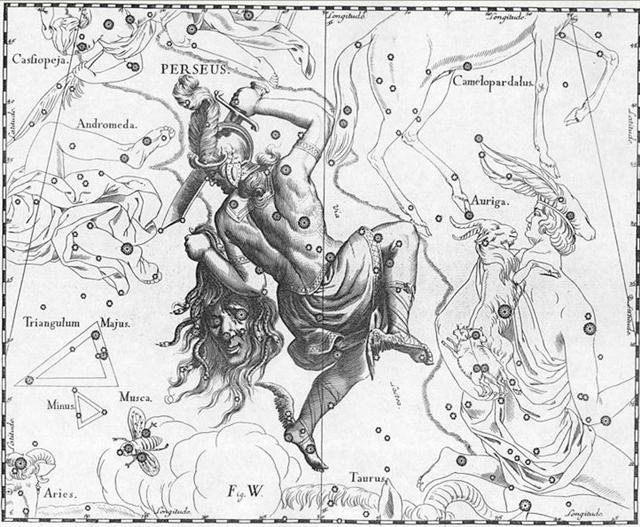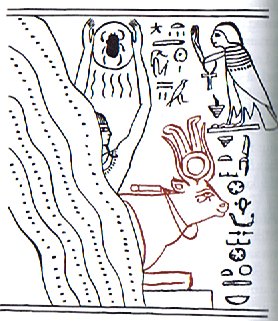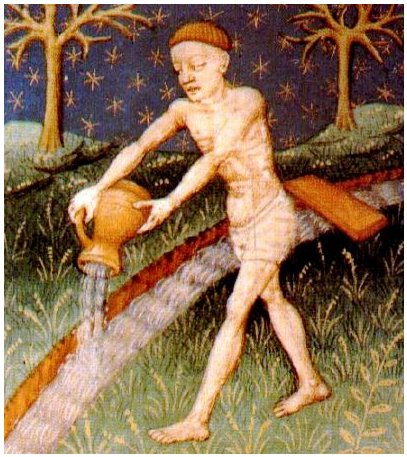153. Once again. The asterism Bharani marked the place of birth (*) and therefore Cb1-15 (→ 115 as in April 25) was illustrated by a young coconut tree (niu)... Later on in this series of rituals, the Chorti go through a ceremony they call raising the sky. This ritual takes place at midnight on the twenty-fifth of April and continues each night until the rains arrive. In this ceremony two diviners and their wives sit on benches so that they occupy the corner positions of the cosmic square. They take their seats in the same order as the stones were placed, with the men on the eastern side and the women on the west. The ritual actions of sitting down and lifting upward are done with great precision and care, because they are directly related to the actions done by the gods at Creation. The people represent the gods of the four corners and the clouds that cover the earth. As they rise from their seats, they metaphorically lift the sky. If their lifting motion is uneven, the rains will be irregular and harmful ...
... It seems reasonable to assume that the creators of Manuscript E had Rigel, Capella, and Ras Algethi (the Head of the Giant) in their minds when they counted 183 days ahead from "April 25 (480 - 365 = 115) to "October 25:
However, the light (life, warm air) of summer could have arrived 9 days later than at Bharani, viz. at Algenib. Down on the ground between the legs of Perseus there was a heap of 9 'new moon stones', and above in the 'celestial net' a pair of black 'stones' were missing, presumably those who had been converted into light bulbs in the hands of Perseus. 12 + 11 + 12 = 35 (= 24 + 11).
... The East Building [of the Nunnery at Uxmal] has mosaic elements reflecting the old war cult of Teotihuacan, where tradition had it that the sun was born; thus, this may also be Middleworld, the place of the rising sun. Finally, the South Building has 9 exterior doorways (the Underworld or Xibalba had 9 layers), and has the lowest placement in the compex; it thus seems to be associated with death and the nether regions ...
Then, leaping to the beginning of a new cycle:
The 'fish-hook' at glyph number 413 (= 14 * 29½) was where the 'spirit level' of Libra was ending.
South of the equator May was a month in autumn, corresponding to November north of the equator (5 + 6 = 11). Metoro said hoea = instrument for tattooing (creating dark patterns on the skin), as if this was where 'the dark cloth' was drawn up at the horizon in the east.
... When the man, Ulu, returned to his wife from his visit to the temple at Puueo, he said, 'I have heard the voice of the noble Mo'o, and he has told me that tonight, as soon as darkness draws over the sea and the fires of the volcano goddess, Pele, light the clouds over the crater of Mount Kilauea, the black cloth will cover my head. And when the breath has gone from my body and my spirit has departed to the realms of the dead, you are to bury my head carefully near our spring of running water. Plant my heart and entrails near the door of the house. My feet, legs, and arms, hide in the same manner. Then lie down upon the couch where the two of us have reposed so often, listen carefully throughout the night, and do not go forth before the sun has reddened the morning sky. If, in the silence of the night, you should hear noises as of falling leaves and flowers, and afterward as of heavy fruit dropping to the ground, you will know that my prayer has been granted: the life of our little boy will be saved.' And having said that, Ulu fell on his face and died ... We can see that Hevelius has illustrated Algenib with light falling on the right side of Perseus, and in Ca2-24 there are 5 red cloth (tapa mea) markers in front: ... There seems to have been a little difficulty at first in getting the machinery of the sky into smooth running order, for some maintain that Ruddy Sun and Waxing Moon disputed in a brotherly fashion. The Sun desired the Moon to accompany him and suggested they travel in daylight, while the Moon insisted they make their rounds during the night. So they agreed, not too amicably, to separate, the Moon saying pettishly, 'Very well! You go by day and have the servile job of drying women's washings!' And the Sun retorted, 'And you go by night and be terrified by food-ovens!' The quarrel must have been made up later, for the Moon visits the Sun for a day or two each month ...
365 days later, in Cb1-23, we cannot see the 'baby' who was uplifted at Algenib Persei. Maybe this was because Shimmering Hot Air is invisible (in contrast to the reflexes on Cold Murky Water).
In Roman times 'April 13 (4-13) would have come 9 days after day 366 + 94 ('April 4) = 460 (= 46 + 414) and this was 376 (= 2 * 188) days after the Julian equinox (84). Perhaps there was no niu here because the coconut youth (*) should be at Bharani, at the beginning of the cycle, at the opposite side of Zuben Elgenubi. Instead the 'tail of the Ouroboros' seems to have continued until Algol had been decapitated (swallowed, sub-tracted at the horizon in the west) at the opposite side of Zuben Hakrabim (ν Librae).
... The Maya New Year started with 1 Pop, the next day being 2 Pop, etc. The final day of the month, however, carried not the coefficient 20, but a sign indicating the 'seating' of the month to follow, in line with the Maya philosophy that the influence of any particular span of time is felt before it actually begins and persists somewhat beyond its apparent termination ... This is a rather complicated story. ... the oak had made trouble right from the start. When (in the second rune of the Kalevala) Sämpsä Pellervöinen had sowed trees, it was the oak alone that would not grow until four or five lovely maidens from the water, and a hero from the ocean, had cleared the ground with fire and planted an acorn in the ashes; and once it had started, the growth of the tree could not be stopped: And the summit rose to heaven // And its leaves in air expanded, // In their course the clouds it hindered, // And the driving clouds impeded, // And it hid the shining sunlight, // And the gleaming of the moonlight. Then the aged Vainamoinen, // Pondered deeply and reflected, // 'Is there none to fell the oak-tree, // And o'erthrow the tree majestic? // Sad is now the life of mortals, // And for fish to swim is dismal, // Since the air is void of sunlight, // And the gleaming of the moonlight.' 'One sought above in the sky, below in the lap of the earth', as we are informed by variants, but then Vainamoinen asked his devine mother for help. Then a man arose from ocean // From the waves a hero started, // Not the hugest of the hugest, // Not the smallest of the smallest. // As a man's thumb was his stature; // Lofty as the span of woman. The 'puny man from the ocean', whose 'hair reached down to his heels, the beard to his knees', announces, 'I have come to fell the oak tree / And to splinter it to fragments'. And so he does. In several variants the oak is said to have fallen over the Northland River, so as to form the bridge into the abode of the dead. Holmberg (quoted by Lauri Honko, 'Finnen', Wb. Myth., p. 369) took the oak for the Milky Way ...
|
|||||||||||||||||||||||||||||||||||||||||||||||||||||||||||||||||||||||||||||||||||||||||||||||||||||||||||||||||||||||||||||||||||||||||||||||||||||||||||||||||||||||||||||||||||||||||||||||||||||||||||||||||||||||||||||||||||||||||||||||||||||||||||||||||||||||||||||||||||||||||||||||
